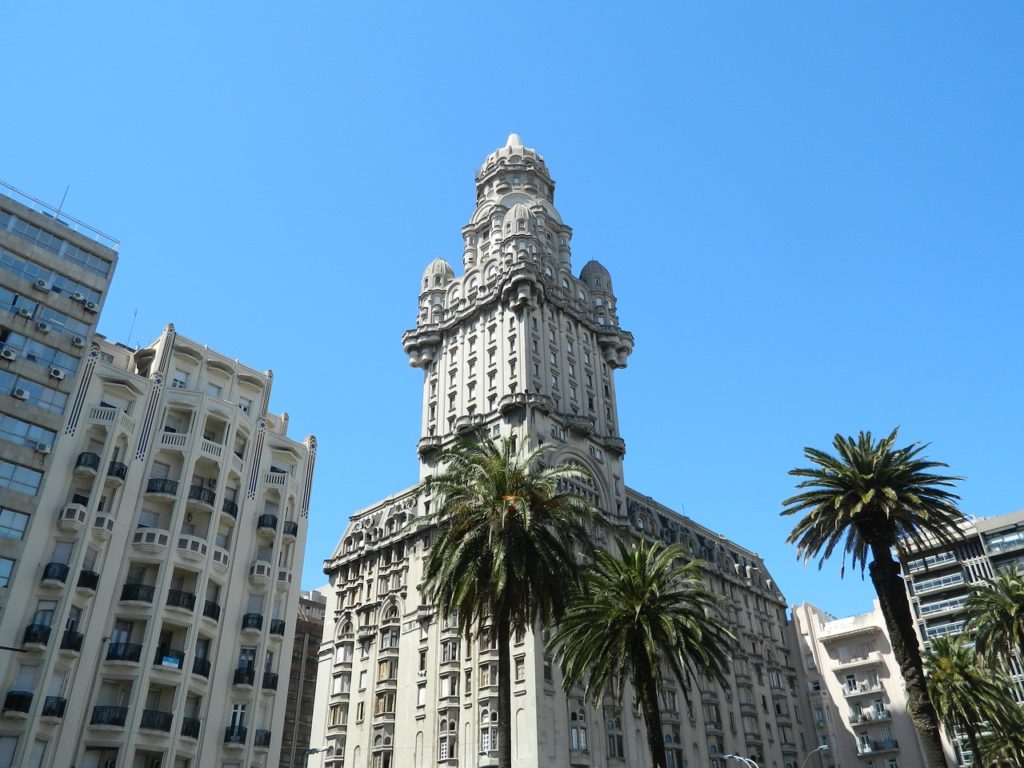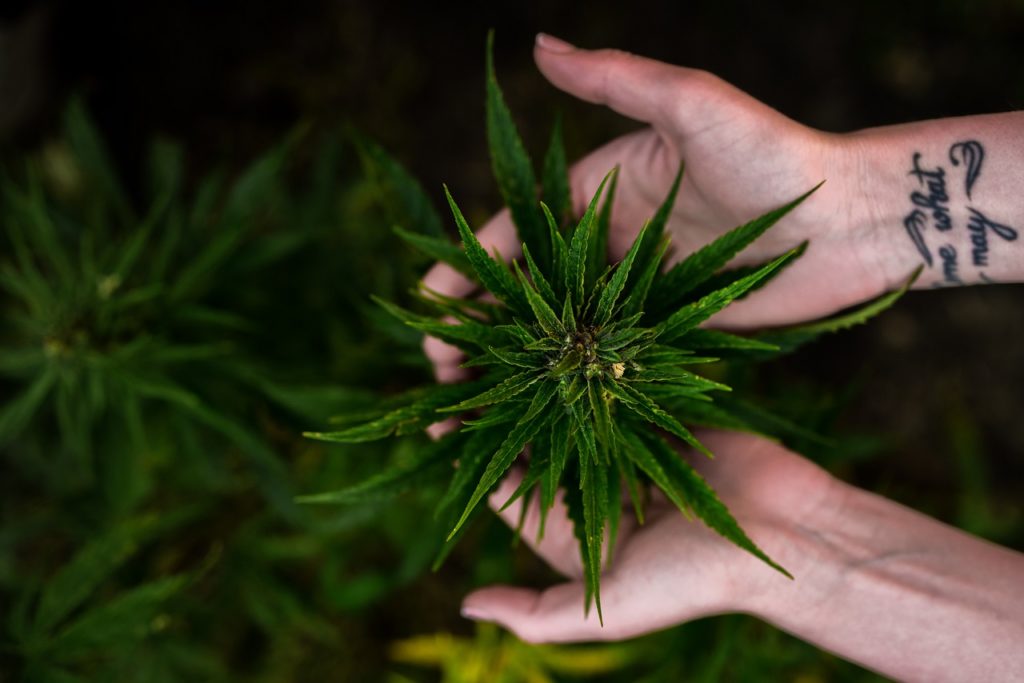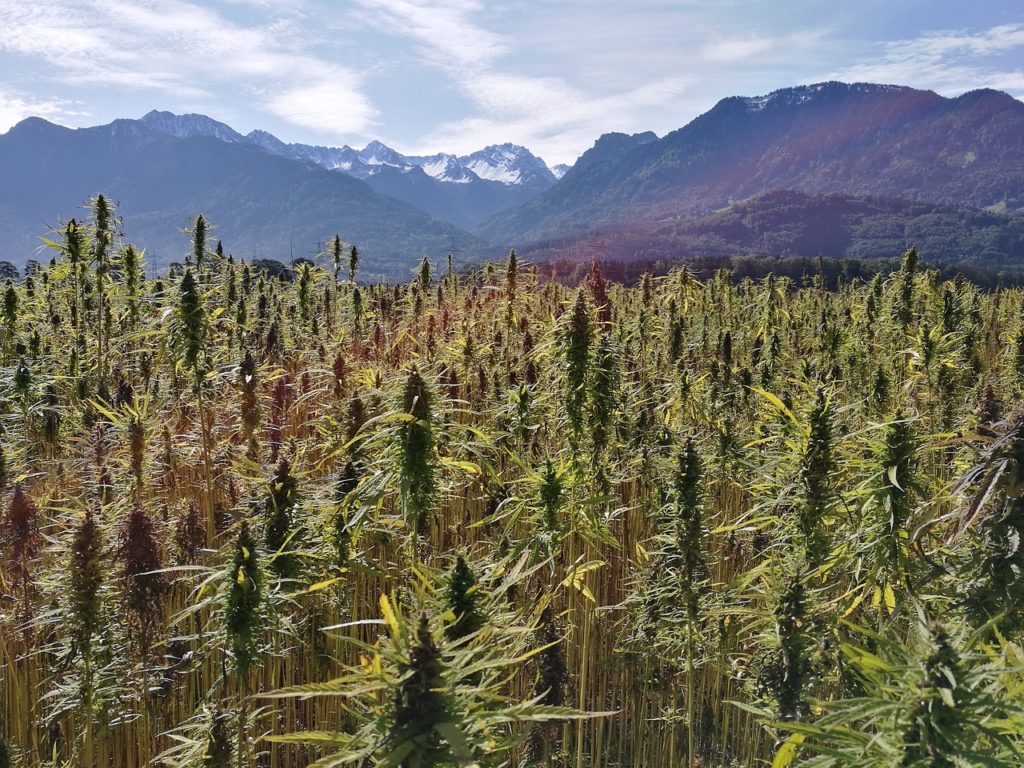One of the best regions for a booming cannabis industry is Latin America. Colombia is one of the leading countries with its ideal location for outsourced production, equatorial climate, and mountainous topography. The coming year will be the test for cannabis companies. Argentina, Chile, Colombia, Mexico, Paraguay, and Uruguay have all already paved the way for a cannabis market in the region.
The evolving regulations regarding cannabis in Latin America


Brazil has become the largest cannabis market, while Colombia is the country that attracts the most investment. The legalization of medical cannabis in Latin America is advancing in the region.
There are still many impediments to its production and commercialization. This was revealed in a study carried out by Alfredo Pascual and published by Marijuana Business Daily International entitled “Cannabis in Latin America: Regulations and Opportunities.”
You can find more information about cannabis markets and other important news in the cannabis sector in the Hemp.im app.
This app collects the latest marijuana news among cannabis sectors that investors operate in.
The legal status of cannabis in Latin America
The study reviewed the status of the legal framework for cannabis in Latin America including Argentina, Brazil, Chile, Colombia, Mexico, Paraguay, Peru, and Uruguay.
The report highlights two aspects: Brazil, where it does not have a specific law for cannabis, is the largest cannabis market in the region while Colombia is the country that has attracted the largest investment for the production of cannabis in Latin America.
For now, Argentina, Chile, Colombia, Mexico, Paraguay, and Uruguay have already regulated the law for medical cannabis, while Peru has implemented a law, but there is no access to any product.
The first country in Latin America to legalize cannabis
The first to legalize cannabis in Latin America in all its forms (industrial, medical and recreational) was Uruguay at the end of 2013.
Until August 2019, only four companies were licensed to grow cannabis with a high THC (tetrahydrocannabinol) content and more than 20 companies were licensed to grow hemp.
In Uruguay there are already 36,956 customers for this market, 7,224 homemade growers and 3,900 people are members of 125 cannabis clubs where collective cultivation is allowed.


Chile became the first country in the region to authorize the large-scale cultivation of cannabis in Latin America with high THC content. However, the vast majority of Chileans have access to cannabis through domestic or collective cultivation.
According to Pascual, only the following companies have managed to obtain a cultivation license: Dayacann, Alef Biotechnology, and Agrofuturo.
Cannabidiol is the only unregistered product available for commercial sales in the Chilean market. In no more than a year, 2,500 patients can access this product.
The licensing process for cannabis producers
There have been more than 4,000 applications for licenses for small and medium producers. Producers have so far granted 247 licenses to grow the plant, 199 registrations in the ICA and 120 licenses for the manufacturing of cannabis derivatives.
The legislation of the cannabis plant in Brazil is still pending, however, the country is the largest market for cannabis in Latin America in terms of the number of patients and products that are legally sold.
Sales are made through special authorizations granted by the federal regulatory agency for individual patients, on a case-by-case basis, to import products for personal medical use. Since this program began, they already have more than 10,000 authorizations.


Opioid companies create a delay in the Latin American cannabis market
Argentina legalized medical cannabis in March 2017, Mexico legalized it in June of that year, and Paraguay regulated it with a decree in 2018, but none of the countries have implemented the laws.
According to Fernando González, an expert in cannabis, the regulation of the cannabis plant has been delayed because “there is a global interest that seeks to delay the processes, especially the opioid companies.”
__
(Featured image by pirizluz via Pixabay)
DISCLAIMER: This article was written by a third party contributor and does not reflect the opinion of Hemp.im, its management, staff or its associates. Please review our disclaimer for more information.
This article may include forward-looking statements. These forward-looking statements generally are identified by the words “believe,” “project,” “estimate,” “become,” “plan,” “will,” and similar expressions. These forward-looking statements involve known and unknown risks as well as uncertainties, including those discussed in the following cautionary statements and elsewhere in this article and on this site. Although the Company may believe that its expectations are based on reasonable assumptions, the actual results that the Company may achieve may differ materially from any forward-looking statements, which reflect the opinions of the management of the Company only as of the date hereof. Additionally, please make sure to read these important disclosures.
First published in La República más, a third-party contributor translated and adapted the article from the original. In case of discrepancy, the original will prevail.
Although we made reasonable efforts to provide accurate translations, some parts may be incorrect. Hemp.im assumes no responsibility for errors, omissions or ambiguities in the translations provided on this website. Any person or entity relying on translated content does so at their own risk. Hemp.im is not responsible for losses caused by such reliance on the accuracy or reliability of translated information. If you wish to report an error or inaccuracy in the translation, we encourage you to contact us.



Comments are closed for this post.